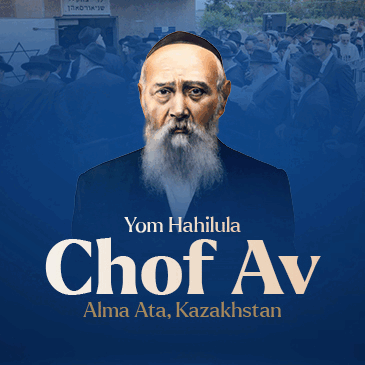NEW YORK, NY — More New York City residents voted for Barack Obama on Tuesday than for John Kerry in 2004 and for Al Gore in 2000. But an analysis suggests that overall turnout increased only slightly from four years ago.
History and Buzz Aside, Voter Turnout in City Barely Topped 2004 Figure
NEW YORK, NY — More New York City residents voted for Barack Obama on Tuesday than for John Kerry in 2004 and for Al Gore in 2000. But an analysis suggests that overall turnout increased only slightly from four years ago.
The analysis helps to show how Mr. Obama, the Democrat, beat Senator John McCain, the Republican, by a ratio of nearly four to one, and reflects voting patterns seen elsewhere in the country. Mr. Obama received about 1.84 million machine votes in the city, and Mr. McCain’s total fell a little below 500,000.
Voting was heavier this time than in 2004 in districts that strongly supported Mr. Obama, among them Park Slope and Bedford-Stuyvesant, both in Brooklyn, and the Upper West Side and Harlem. But turnout was depressed in other neighborhoods like Bensonhurst, Brooklyn, where Mr. Obama did less well and where Mr. McCain apparently did not generate much enthusiasm either. With polls predicting that Mr. Obama would easily win the state, some McCain supporters may have stayed home.
The expectation about Mr. Obama’s performance and the resulting inactivity may have also reflected the McCain campaign’s efforts here: While about 15 percent of the people who voted for Mr. Obama said they had received some contact by his campaign, only about 2 percent of McCain voters said they were contacted by the Republican’s campaign, according to exit polls taken by a consortium of television networks.
Both candidates recorded their highest shares of votes in Brooklyn. According to the preliminary machine count on Tuesday, Mr. Obama carried the predominantly black 55th Assembly District, which includes Brownsville, with 98 percent of the votes from the nearly 35,000 people who cast ballots. In 2004, fewer than 30,000 people there voted at the polls.
In the mostly white 48th Assembly District, which includes Bensonhurst, Mr. McCain got 71 percent of the nearly 24,000 votes cast. In 2004, nearly 26,000 voted at the polls in that district.
In the mostly black 58th Assembly District in Brooklyn, which includes Flatbush, Mr. Obama polled 34,999 to Mr. McCain’s 826. Collectively, the minor party presidential candidates got 31 more votes than Mr. McCain, according to the counts.
The counts are subject to official tabulation, which may be affected by absentee ballots and other changes that could increase the total. Of the 4.6 million registered voters in the city, nearly 2.35 million voted on Tuesday, compared with 2.28 million four years ago, according to the city’s Board of Elections. There were about 4.5 million registered voters during the 2004 elections, according to the board.
The preliminary analysis by Prof. John H. Mollenkopf of the City University of New York Graduate Center found that a decline in voter turnout in white and Asian districts was largely offset by a rise in turnout in black and Hispanic districts.
While 60,606 more people voted at the polls in 2008 than in 2004, Professor Mollenkopf found that Mr. Obama received 11,680 more votes at the polls than Mr. Kerry. In 2000, Mr. Gore received about 1.6 million votes overall in the city.
“Of the white Democrats — who in the past have shown a propensity to vote for Republicans in mayoral elections, in preference over black candidates or even white candidates who have strong black support — the Jewish neighborhoods were least likely to fall away from Obama, and the Italian neighborhoods the most,” he said.
In the 1989 and 1993 mayoral races, “so many more of these groups backed a Republican mayoral candidate rather than a black Democrat,” Professor Mollenkopf said. “So it does represent a change, both in the sense that the demographic landscape gradually tilts more and more away from the older, white, ethnic constituencies, and in the sense that support for Obama was so much more pervasive, even in these areas.”
While candidates and conditions are different now, he added, “it is still an object lesson that, under the right conditions, white liberals, African-Americans and Latino voters can unite solidly behind a common candidate.”
Professor Mollenkopf, the executive director of the Center for Urban Research and a co-author of “Inheriting the City: The Children of Immigrants Come of Age,” was also the senior adviser to an Election Day exit poll sponsored by the New York Immigration Coalition.
The poll found that 41 percent of first-time voters in the city were foreign born. Turnout rose by about 13 percent in black districts and 5 percent in Hispanic districts compared with 2004. Professor Mollenkopf said there was even greater enthusiasm for Mr. Obama in Caribbean neighborhoods.















